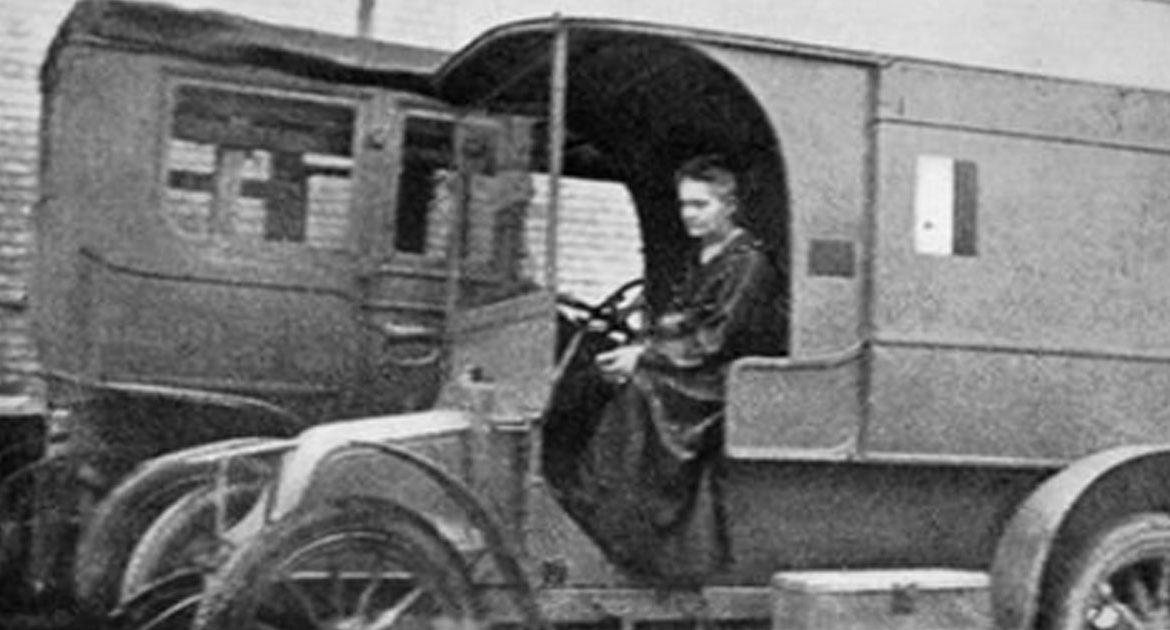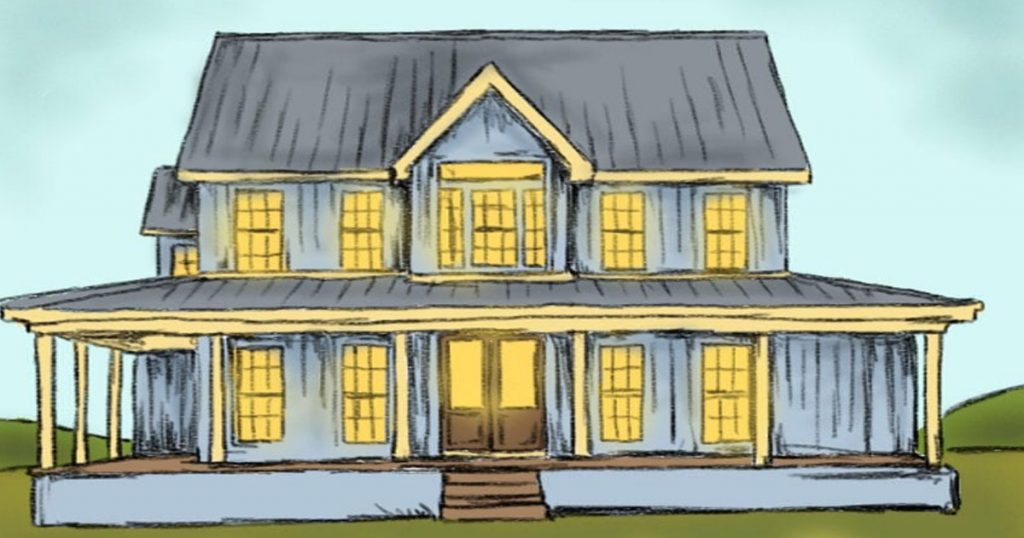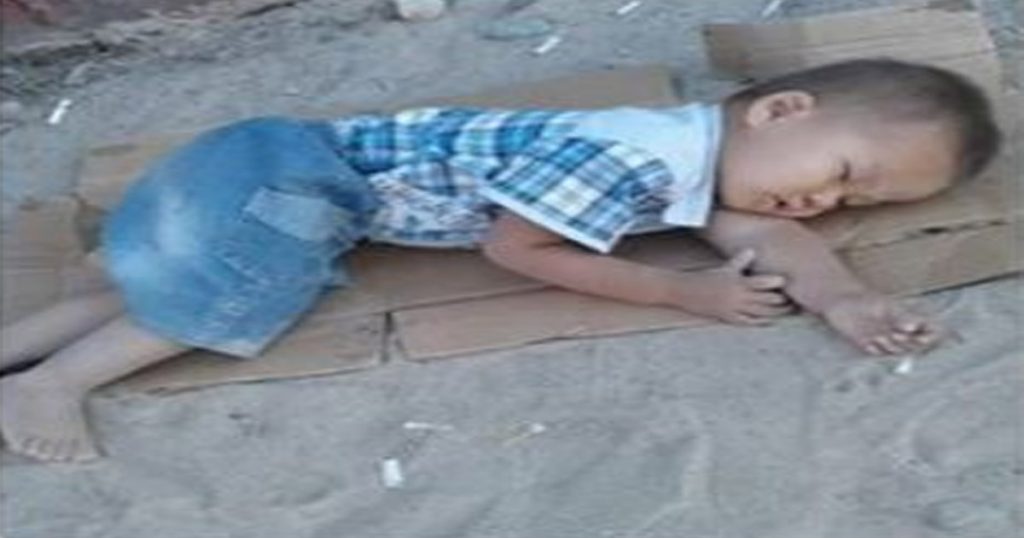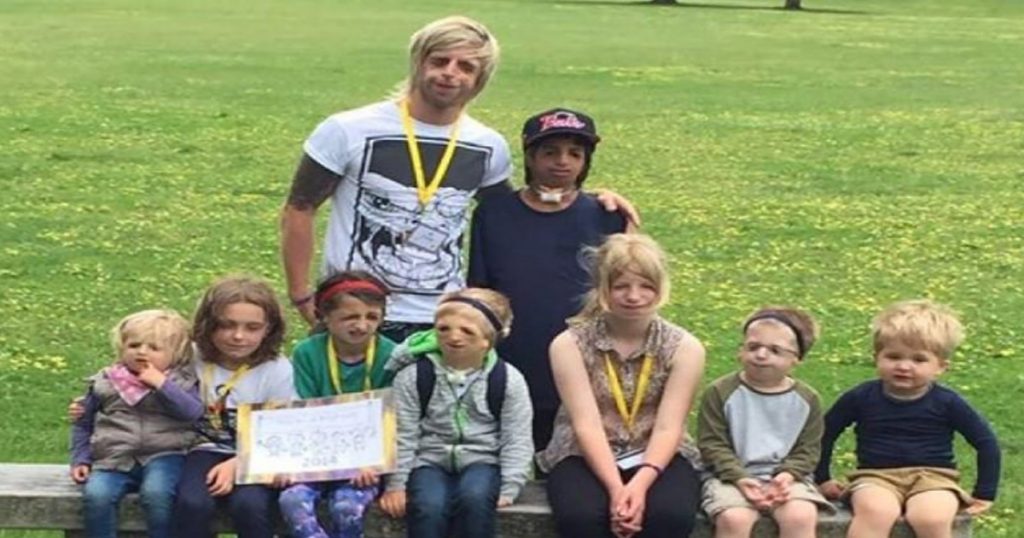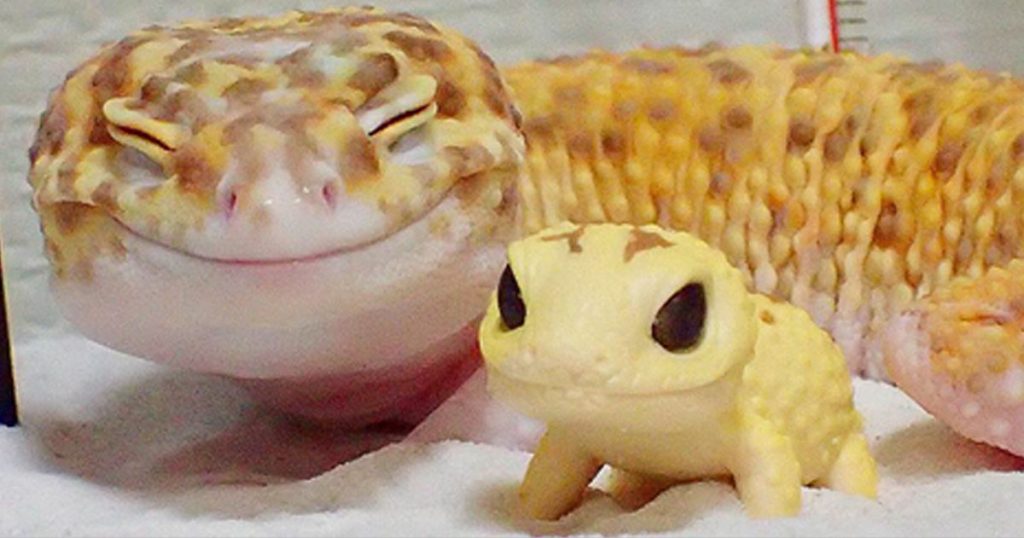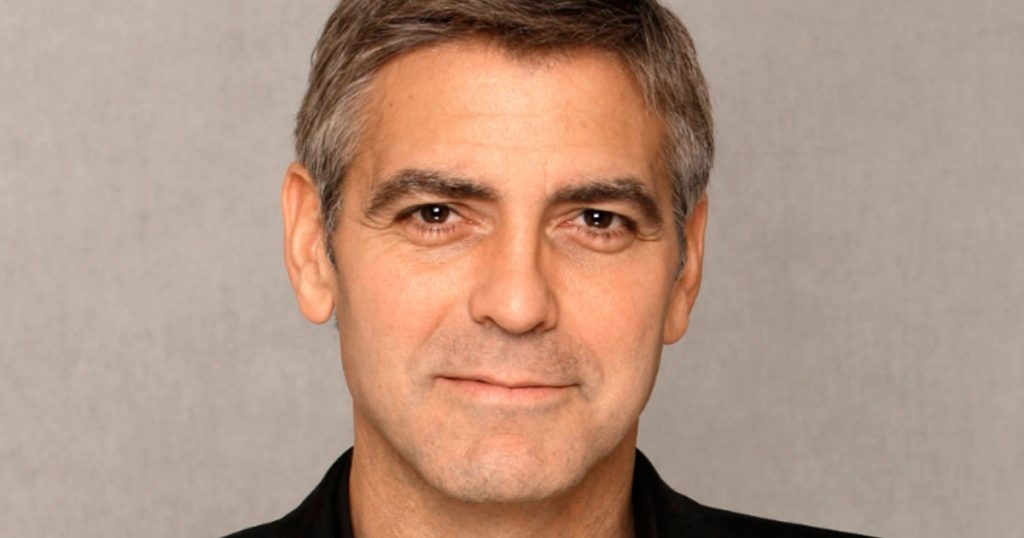How the first woman to win the Nobel Prize and her brilliant teenage daughter set out to mend the ugliness of war with ingenuity and sheer human courage.
BY MARIA POPOVA
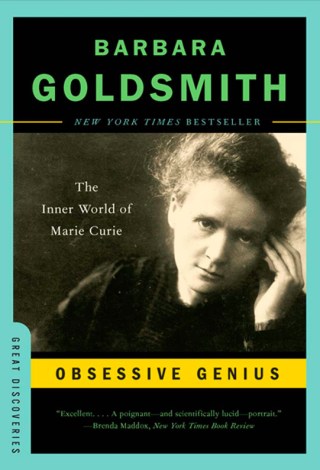
“Her wounds came from the same source as her power,” Adrienne Rich wrote in her sublime tribute to Marie Curie (November 7, 1867–July 4, 1934). The first woman to receive the Nobel Prize, Curie remains the only person ever awarded a Nobel in two different sciences. But, unbeknownst to most, she was also a humanitarian hero of unparalleled vision, determination, and courage.
Curie was vehemently opposed to war. When the Great War broke out in Europe in 1914 and put all human activities on hold, including her scientific exploits, she lamented in a letter her friend Hertha Ayrton, the British mathematician, engineer, and inventor:
Only through peaceful means can we achieve an ideal society. It is hard to think that after so many centuries of development, the human race still doesn’t know how to resolve difficulties in any way except by violence.
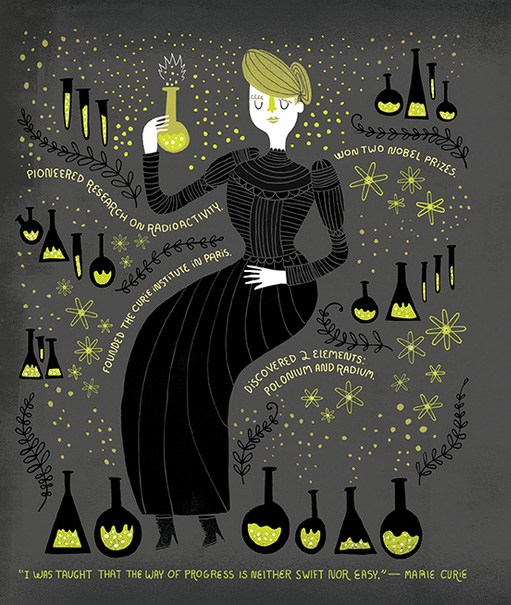
Marie Curie by Rachel Ignotofsky from Women in Science, one of the best science books of 2016.
And yet Curie felt compelled to counter violence with more than words. When France asked all citizens to donate their gold and silver to support the war effort, she offered to donate her prize medals. The offer was refused. A decade later, when World War I broke out, Curie responded not just with generosity but with actionable courage: She set out to mitigate the gruesome effects of the war using the X-ray technology which her own discoveries had made possible. In Obsessive Genius: The Inner World of Marie Curie (public library), biographer Barbara Goldsmith writes:
Maimed soldiers were returning to Paris, limbs hacked off and bodies destroyed by probing because no X-ray equipment or technicians were available at field hospitals. Within a few weeks, [Curie] commandeered unused X-ray equipment from laboratories and the offices of doctors whose occupants had gone to war. At first, this equipment was placed in Parisian military hospitals. Then, in a moment of inspiration, Marie devised the idea of “mobile X-ray units” which could be used in battle-front hospitals to diagnose the wounded before treatment. The first two cars were donated by the Union des Femmes de France. The cars had to be small enough to navigate narrow roads and that the equipment must be lightweight.
Each mobile unit contained a small generator that could be hooked up to a car battery when electricity was unavailable on-site. An X-ray tube was installed on a movable stand so that it could easily be wheeled to the crucial area. There was a folding table for the patient, photographic plates, a screen, heavy curtains to exclude light, and ampules filled with radon (emitted as the gaseous decay product of radium). For protection there were cotton gloves and a lead-filled apron. It was the perfect marriage of technology and practicality.
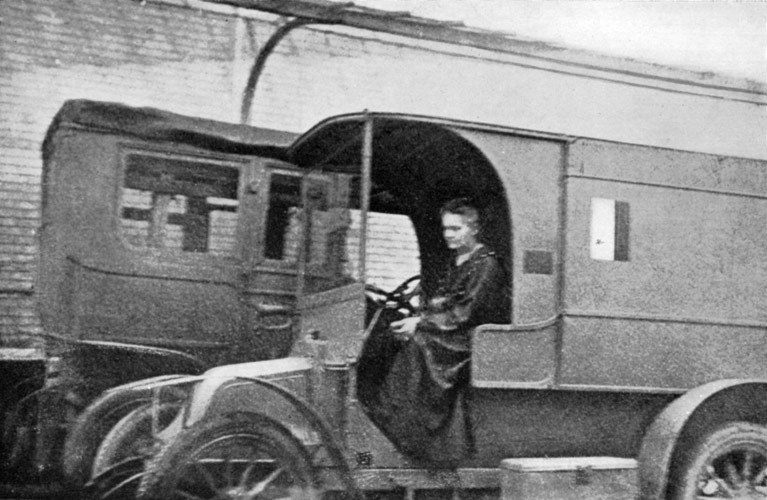
Marie Curie in one of the mobile X-ray units
These mobile radiography units, known as “Little Curies,” treated an estimated one million soldiers. They stand as a testament to Curie’s monumental legacy both as a scientist and as an unflinching challenger of oppressive gender norms, her heroism all the more awe-inspiring in its cultural context. Goldsmith writes:
The mobile X-ray units (now called “Les Petites Curie”) were off to a slow start, with bureaucrats forbidding women drivers and technicians to go to the front lines, but Madame Curie prevailed. Dressed in an alpaca coat with a Red Cross armband on the sleeve, she drove to field hospitals at twenty miles an hour. She quickly unloaded the equipment, hooked up a cable to the lightweight generator, covered the windows, unfolded the table, installed the ampoule, and activated the machine.
Despite the life-saving effectiveness of the small mobile X-ray fleet, Curie’s efforts were frustrated by a dearth of drivers and skilled technicians. Above all else, she needed a collaborator she could trust with sharing the leadership duties. She found one in her seventeen-year-old daughter Irène. Goldsmith recounts the astonishing autonomy and confident competence of this brilliant teenage girl:
Irène, alone and unassisted, X-rayed the wounded, those young men who in another time might have been her dancing partners or given her a first kiss. After completing the X-ray process, primly, deliberately, Irène made a geometric computation that revealed the exact location of bullets and shrapnel. She then directed the surgeons exactly where to probe. The surgeon in charge of the hospital had expected that the X-ray alone would instantly reveal a location and the calculation stymied him, as did the young woman who was telling him his business. He probed the wounded at random and unmercifully until finally he followed Irène’s directions with success.
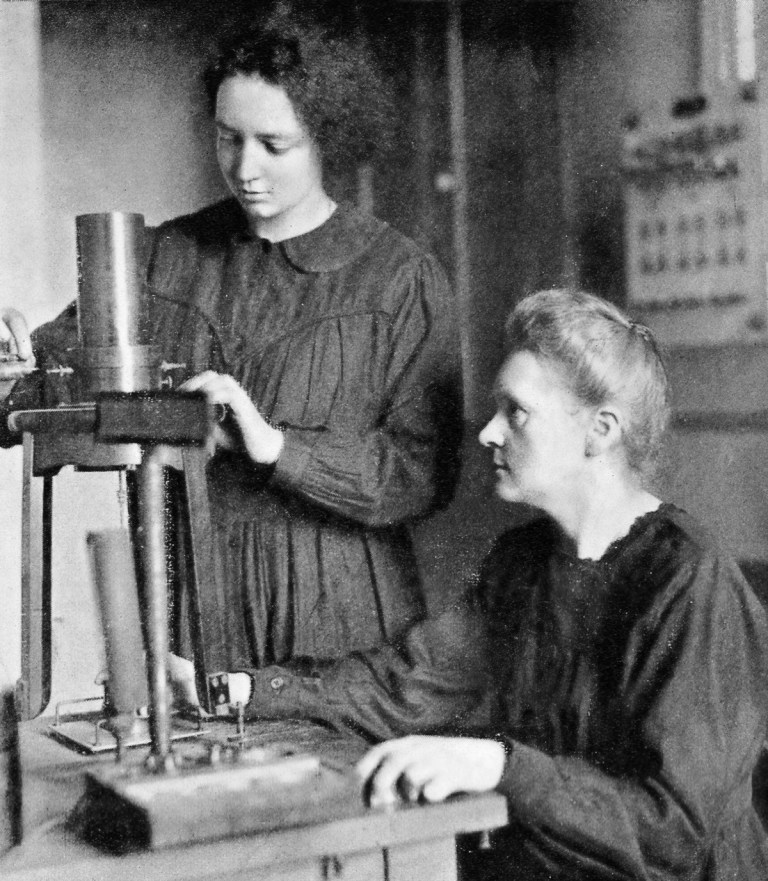
Marie and Irène Curie
Irène would go on to become a scientist herself and would also win the Nobel Prize. Beyond the power of personal modeling, which is among the greatest gifts a parent can give to a child, Marie Curie’s broader bravery embodies what Susan Sontag celebrated as the transformative moral courage of an example.
Obsessive Genius celebrates many more unheralded dimensions of Curie’s life and spirit. Complement this particular portion with Einstein and Freud’s forgotten correspondence about war, peace, and human nature, then revisit Einstein’s magnificent letter of advice and solidarity to Curie when she came under senseless attack for her personal life.
